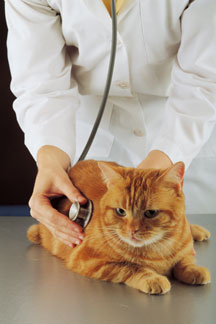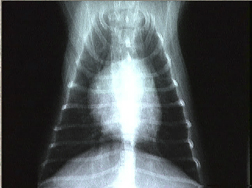
A physical exam is necessary to ensure a proper diagnosis. We begin a medical assessment by looking at your pet’s eyes, ears, and skin and checking his or her cardiovascular,…
If your pet needs medical assistance, you can feel confident turning to us. Our knowledgeable staff is equipped to handle a wide variety of medical conditions, including emergencies. With the technology to perform many diagnostic procedures in-house, we can often produce immediate results and start treating your pet faster. In some cases, your pet may require hospitalization and further diagnostic tests. Please take a look at the more detailed descriptions of medical services we offer, or call us to discuss your pet’s needs.

A physical exam is necessary to ensure a proper diagnosis. We begin a medical assessment by looking at your pet’s eyes, ears, and skin and checking his or her cardiovascular,…
Whether your pet is having surgery or just feeling under the weather, we can perform bloodwork on-site to get answers quickly. We can perform a comprehensive blood count, full chemistry…
Does your pet have a new lump? Dr. Katie can get a sample for quick evaluation under a microscope to aid in her diagnosis.

When we need to figure out what’s wrong with your pet, we routinely use x-rays to help identify the cause of the problem. We are proud to offer digital radiology…